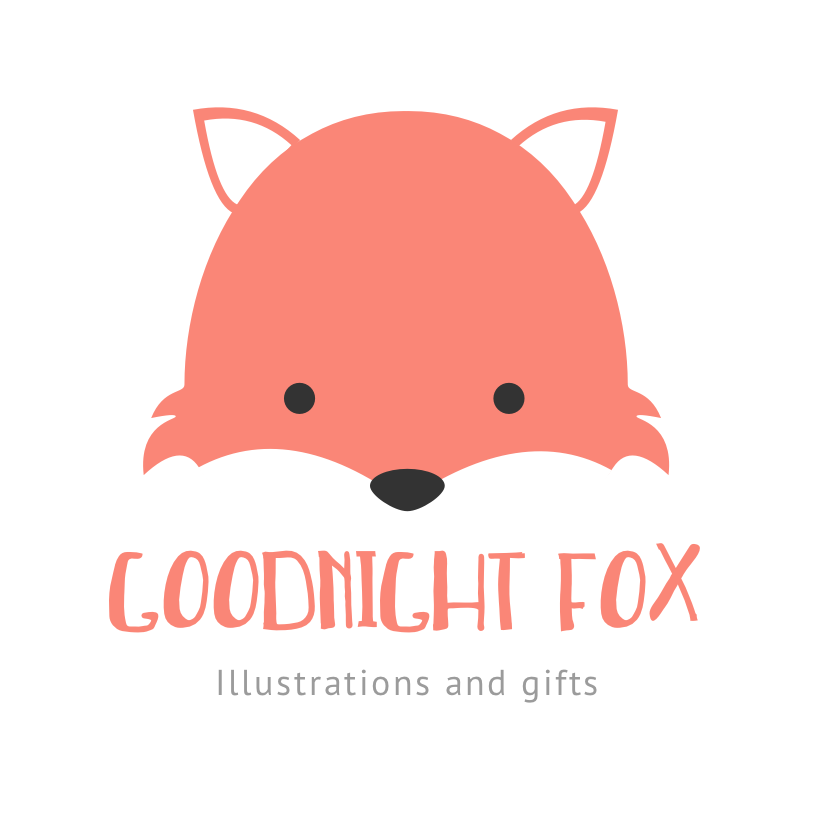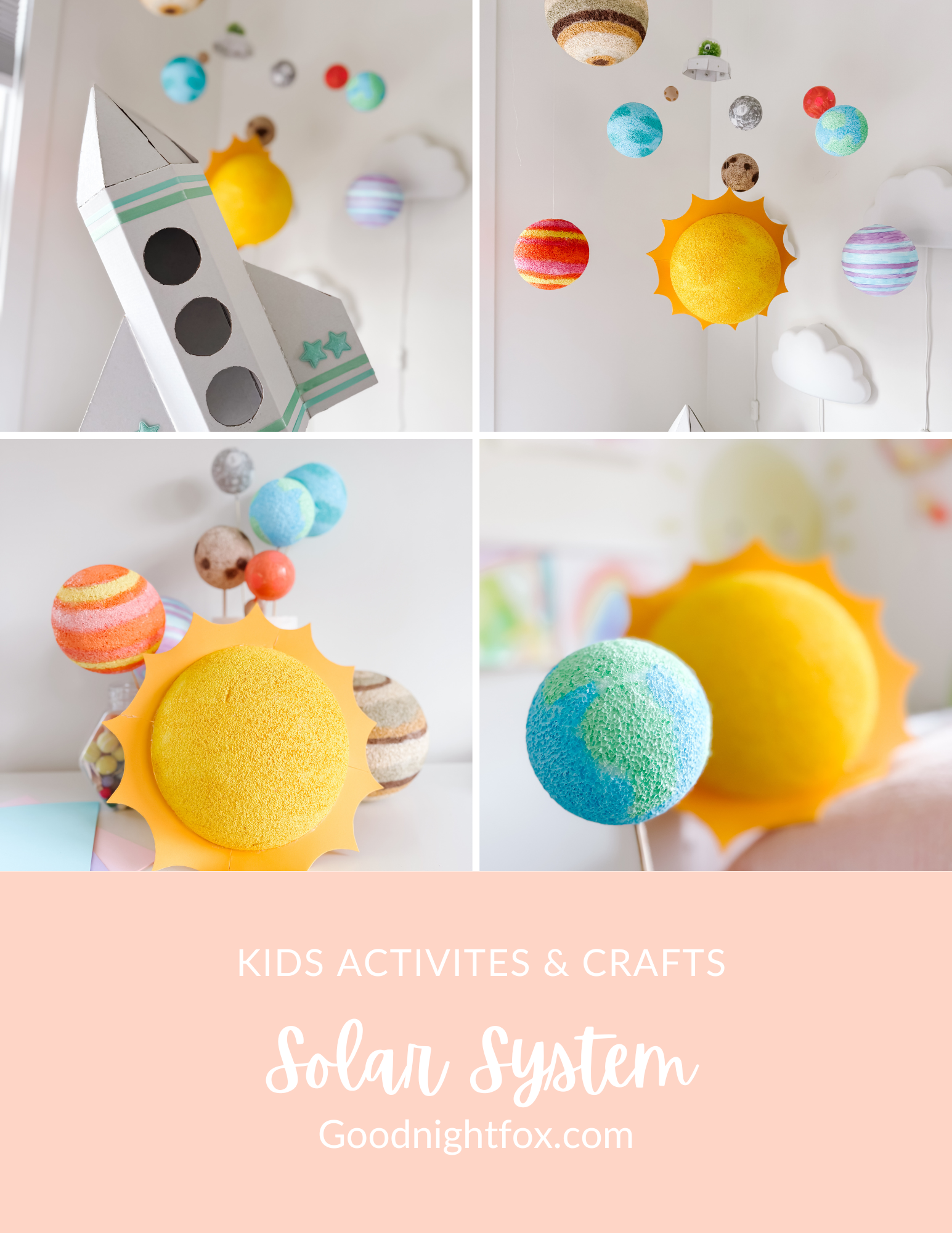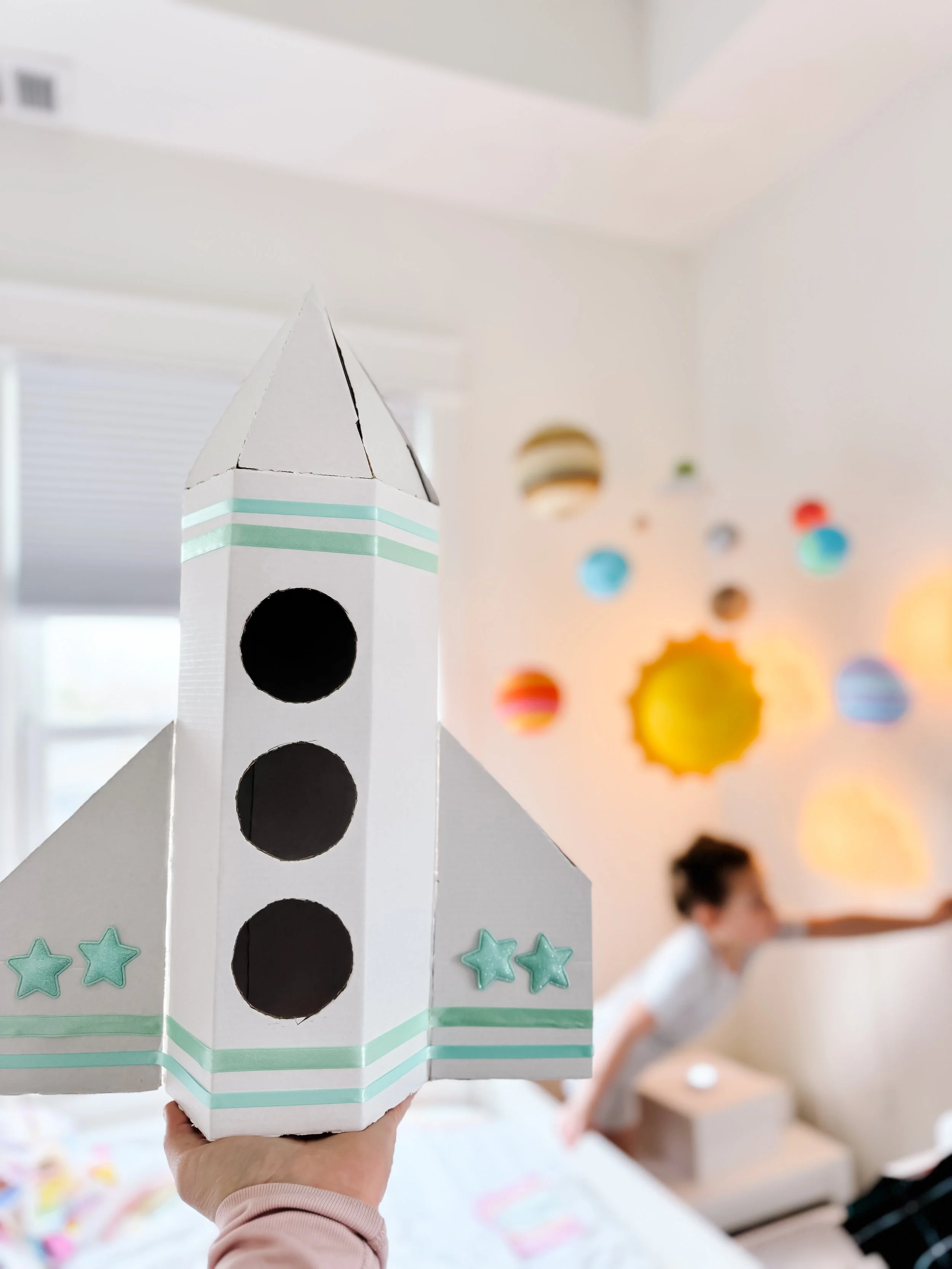Day Care (Ages 1-2)
Alphabet & Phonics (Letter recognition, letter sounds) - Alphabet Animals
Numbers & Counting (Numbers 1-20, basic number sense) - Animal Counting
Shapes & Colors (Basic 2D shapes, primary & secondary colors) - Shapes
Shapes & Colors (Basic 2D shapes, primary & secondary colors) - Colors
Daily Routines & Emotions (Morning/night, feelings, hygiene) - Routines
Preschool (Ages 3-4)
Alphabet & Phonics (Letter recognition, letter sounds) - Letter Recognition
Numbers & Counting (Numbers 1-20, basic number sense) - Numbers 1-20
Emotions (Morning/night, feelings, hygiene) - Emotions
Opposites & Comparisons (Big/small, up/down, fast/slow) - Opposites
Daily Routines & Emotions (Morning/night, feelings, hygiene) - Routines
Everyday Animals (Farm animals, Woodland Animals, Dogs, Cats) - Animals 1
Transitional Kindergarten (TK) (Ages 4-5)
Letter Formation & Early Phonics (Upper/lowercase, beginning sounds) - Letter Sounds
Numbers & Simple Math (Counting to 50, number order, simple addition) - Numbers + Math Symbols
Pre-Writing & Fine Motor Skills (Tracing lines, pre-writing strokes) - Letter Tracing
Patterns & Sorting (AB patterns, sorting by size/color) - Pattern Matching
Community & Social Skills (Jobs, sharing, taking turns) - Sharing (Coming soon)
Unusual Animals (Desert, Dinosaur, Sea Animals, Arctic Animals) - Animals 2
Kindergarten (Ages 5-6)
Sight Words & Early Reading (Dolch sight words, CVC words) - Sight Words
Numbers & Basic Math Concepts (Counting to 100, simple addition/subtraction) - Addition/Subtraction
Rhyming & Word Families (CVC word patterns, word endings) - Rhyming Words & CVC Words
Science Exploration (Weather, plants, animals, five senses) - Weather
Social Studies & Life Skills (Maps, family roles, seasons, holidays) - Seasons/Months
1st Grade (Ages 6-7)
Phonics & Blends (Digraphs, blends, silent e) - Digraphs
Basic Math Facts (Addition & subtraction within 20) - Addition/Subtraction
Telling Time & Money (Clocks, coins, making change) - Clocks
Science Basics (Life cycles, states of matter) - Lifecycle (Coming soon)
Sight Words & Early Reading (High-frequency words, simple sentences) - Word Pyramid (Coming soon)
2nd Grade (Ages 7-8)
Reading Comprehension & Fluency (Main idea, sequencing) - Parts of Story
Math Foundations (Two-digit addition/subtraction, place value) - 2 Digit Addition/Subtraction
Grammar & Parts of Speech (Nouns, verbs, adjectives) - Grammar
Life Science & Earth Science (Habitats, landforms, water cycle) - Landforms
Telling Time & Money (Elapsed time, making change) - Money
3rd Grade (Ages 8-9)
Multiplication & Division Facts (0-12 facts, arrays) - Multiplication / Division
Reading & Vocabulary Development (Synonyms, antonyms, context clues) - Synonyms/Antonyms
Fractions & Measurement (Simple fractions, inches/cm) - Fractions
Science & Energy Concepts (Forces, motion, plant life cycles) - Plant Lifecycles
Geography & Civics (Continents, U.S. states, government basics) - United States
4th Grade (Ages 9-10)
Long Division & Multi-Step Math (Factors, multiples, word problems)
Reading & Writing Skills (Summarizing, figurative language) - Figurative Language
Fractions & Decimals (Comparing, adding, place value) - Decimals
Earth & Physical Science (Rocks/minerals, electricity, magnets)
History & Social Studies (State history, explorers, early civilizations)
5th Grade (Ages 10-11)
Advanced Multiplication & Division (Multi-digit operations, order of operations)
Reading Comprehension Strategies (Inference, cause/effect)
Scientific Method & Experiments (Hypothesis, observations, conclusions)
U.S. History & Government (Colonial America, Declaration of Independence)
Fractions, Decimals, & Percentages (Conversions, operations)
6th Grade (Ages 11-12)
Ratios & Proportions (Equivalent ratios, unit rates)
Reading Analysis & Literature Terms (Themes, figurative language)
Earth & Space Science (Plate tectonics, solar system)
Ancient Civilizations (Egypt, Greece, Rome, Mesopotamia)
Grammar & Writing Mechanics (Sentence structure, punctuation)
7th Grade (Ages 12-13)
Pre-Algebra & Expressions (Integers, equations, variables)
Reading & Literary Elements (Irony, symbolism, character analysis)
Human Body & Biology (Cells, body systems)
World Geography & Cultures (Maps, regions, cultural diversity)
Writing & Argumentation (Persuasive writing, thesis statements)
8th Grade (Ages 13-14)
Algebra Basics (Linear equations, inequalities)
Reading Comprehension & Analysis (Point of view, text structure)
Physical Science & Chemistry (Atoms, periodic table, reactions)
U.S. History: Civil War to Modern Times (Reconstruction, 20th-century events)
Essay Writing & Research Skills (Citations, MLA format, structuring arguments)
9th Grade (Ages 14-15) – Freshman Year
Algebra & Geometry Basics (Functions, coordinate plane, area/volume)
Literary Analysis & Advanced Reading (Themes, symbolism, tone)
Biology & Life Sciences (Genetics, ecosystems, cells)
World History & Cultures (Medieval times, Renaissance, revolutions)
Study & Test-Taking Strategies (Time management, note-taking)
10th Grade (Ages 15-16) – Sophomore Year
Geometry & Trigonometry (Angles, proofs, sine/cosine)
Shakespeare & Classical Literature (Romeo & Juliet, The Odyssey)
Chemistry & Periodic Table (Bonds, chemical reactions)
U.S. Government & Civics (Branches of government, Constitution)
College Prep & Writing (SAT/ACT vocabulary, essay structure)
11th Grade (Ages 16-17) – Junior Year
Pre-Calculus & Algebra II (Quadratic equations, logarithms)
American Literature & Critical Thinking (Great Gatsby, Huck Finn)
Physics & Motion (Newton’s laws, energy, forces)
U.S. History: 20th Century & Beyond (WWI, WWII, Civil Rights)
College & Career Readiness (Resumes, interview skills, SAT prep)
12th Grade (Ages 17-18) – Senior Year
Calculus & Advanced Math (Derivatives, integrals, limits)
World Literature & Advanced Composition (1984, Macbeth, research papers)
Anatomy & Human Physiology (Body systems, health sciences)
Economics & Personal Finance (Budgeting, investments, taxes)
College Essays & Life Skills (Scholarship writing, time management)























































































































